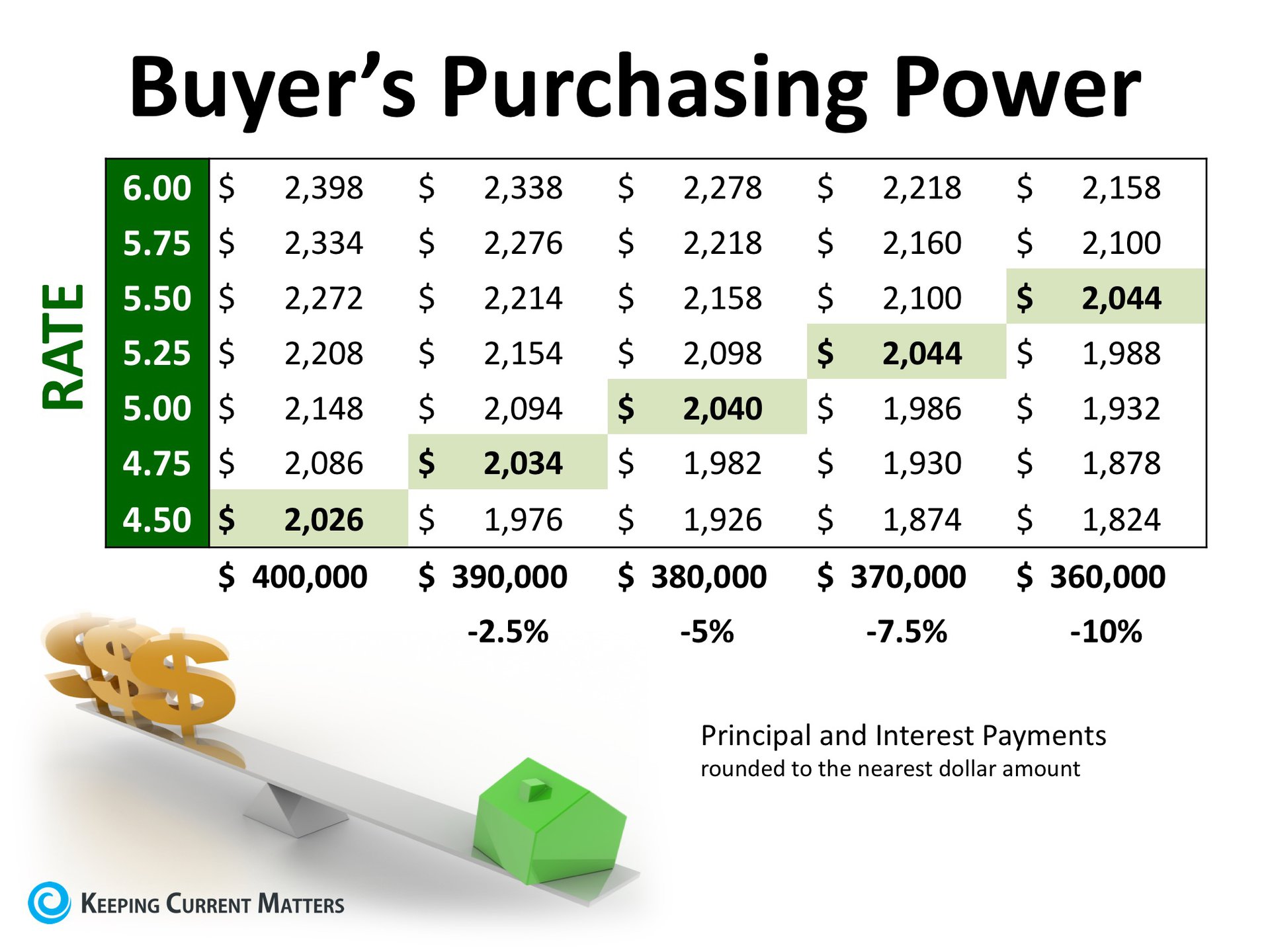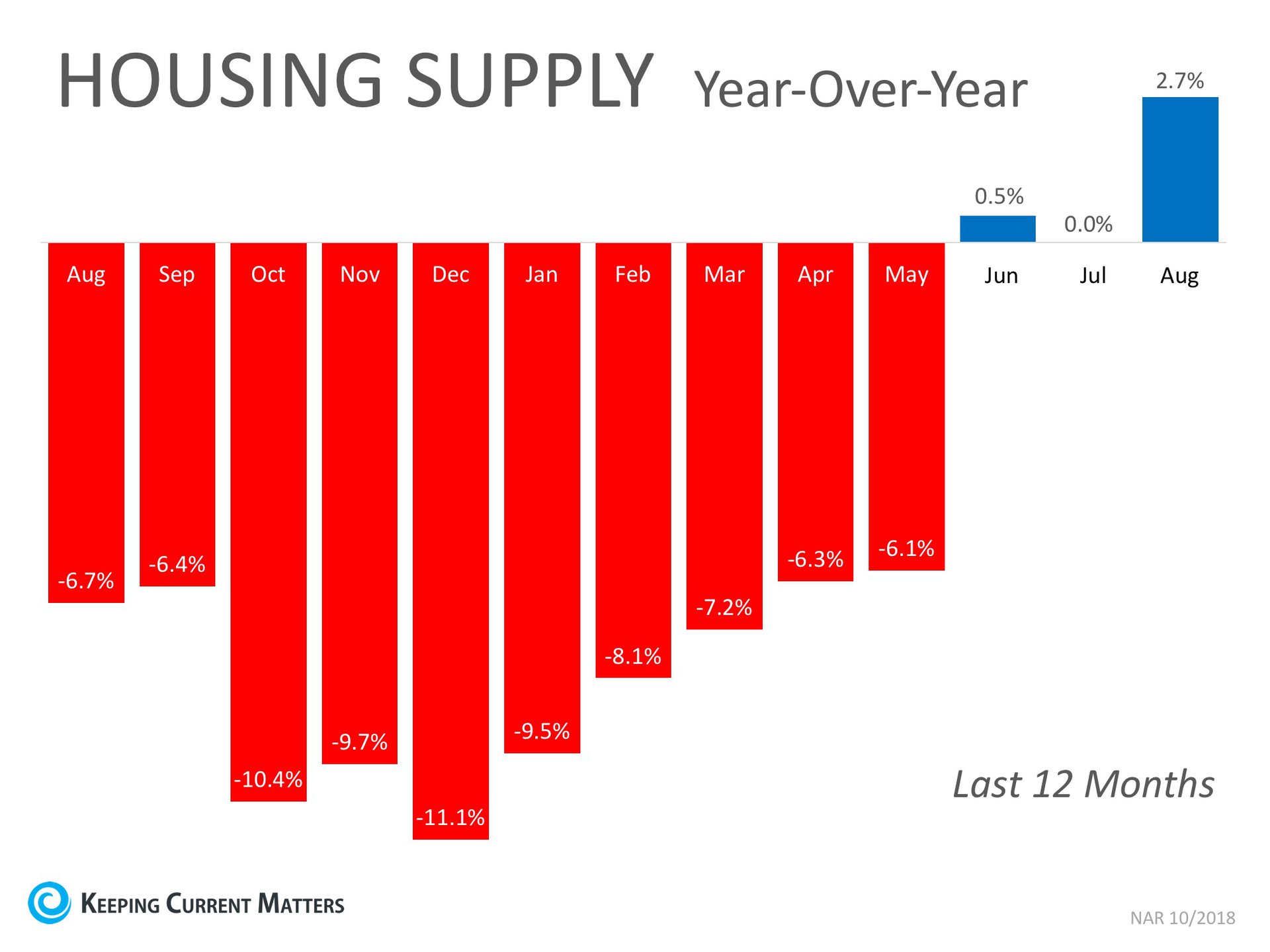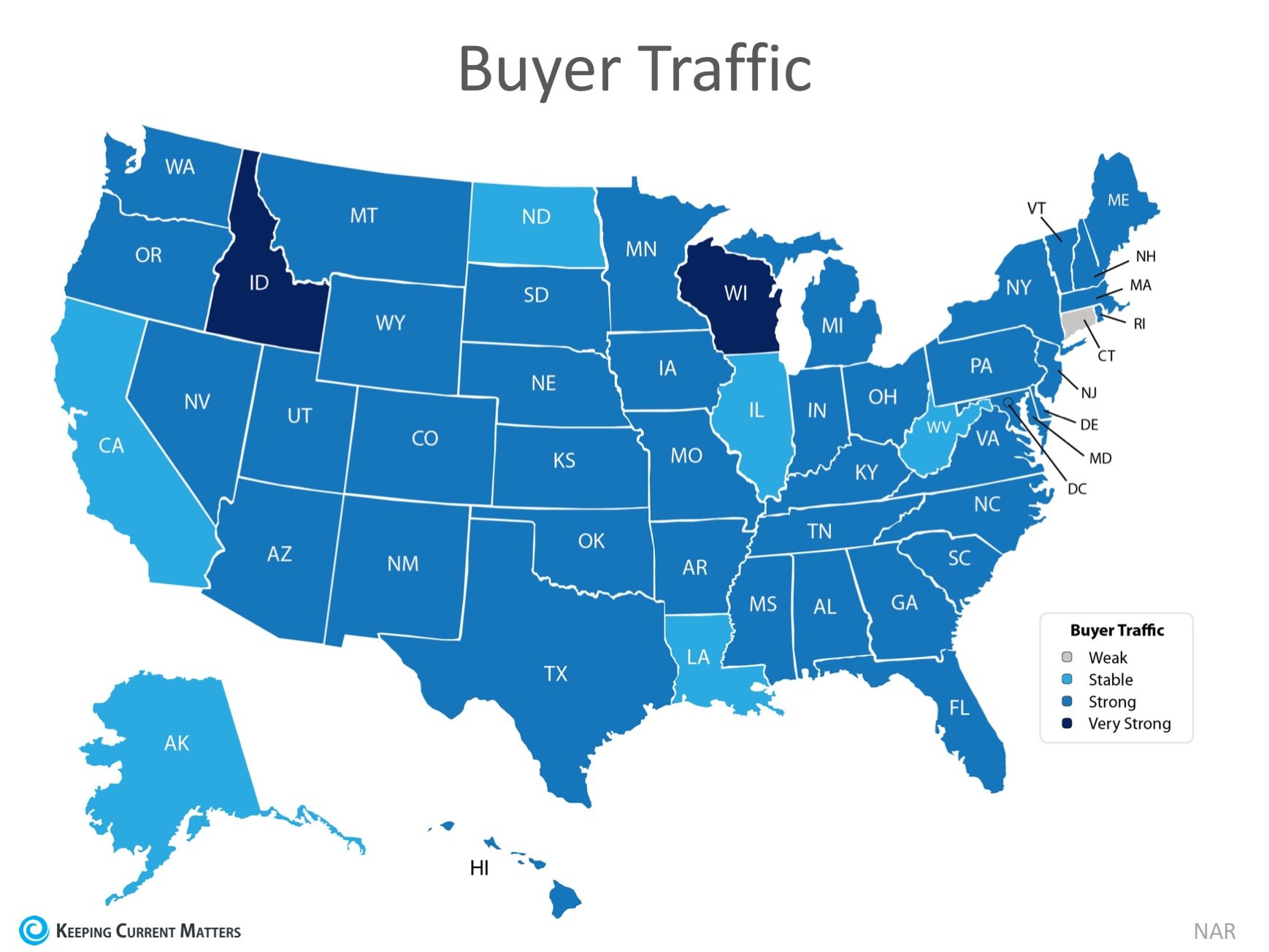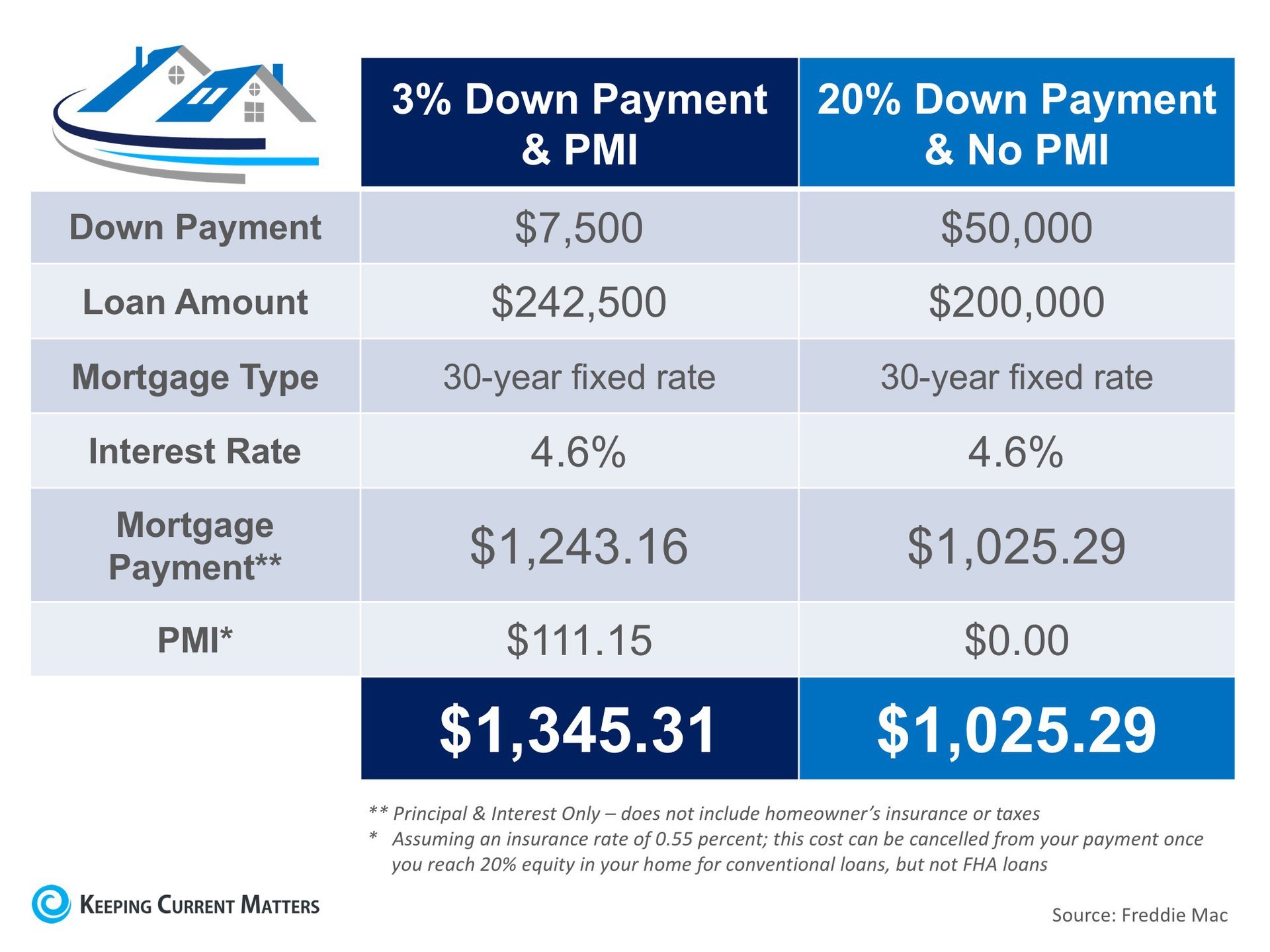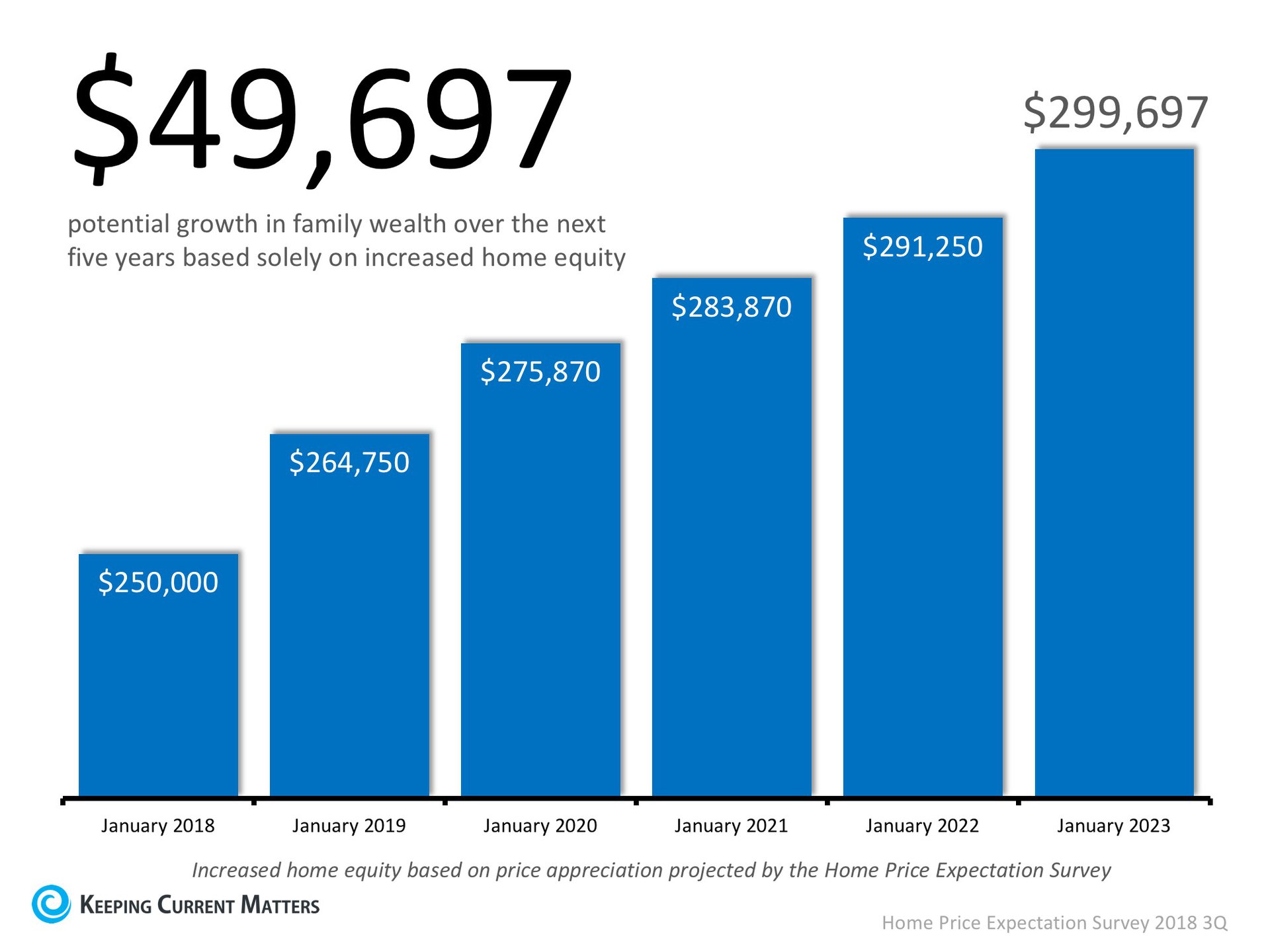Owning a home has great financial benefits, yet many continue to rent! Today, let’s look at the financial reasons why owning a home of your own has been a part of the American Dream for the entirety of America’s existence.
Realtor.com reported that:
“Buying remains the more attractive option in the long term – that remains the American dream, and it’s true in many markets where renting has become really the shortsighted option…as people get more savings in their pockets, buying becomes the better option.”
What proof exists that owning is financially better than renting?
1. In a previous blog, we highlighted the top 5 financial benefits of homeownership:
- Homeownership is a form of forced savings.
- Homeownership provides tax savings.
- Homeownership allows you to lock in your monthly housing cost.
- Buying a home is cheaper than renting.
- No other investment lets you live inside of it.
2. Studies have shown that a homeowner’s net worth is 44x greater than that of a renter.
3. Less than a month ago, we explained that a family that purchased an average-priced home at the beginning of 2018 could build more than $49,000 in family wealth over the next five years.
4. Some argue that renting eliminates the cost of taxes and home repairs, but every potential renter must realize that all the expenses the landlord incurs are already baked into the rent payment – along with a profit margin!
Bottom Line
Owning your home has many social and financial benefits that cannot be achieved by renting.
Source: Keeping Current Matters | The KCM Crew 102618





